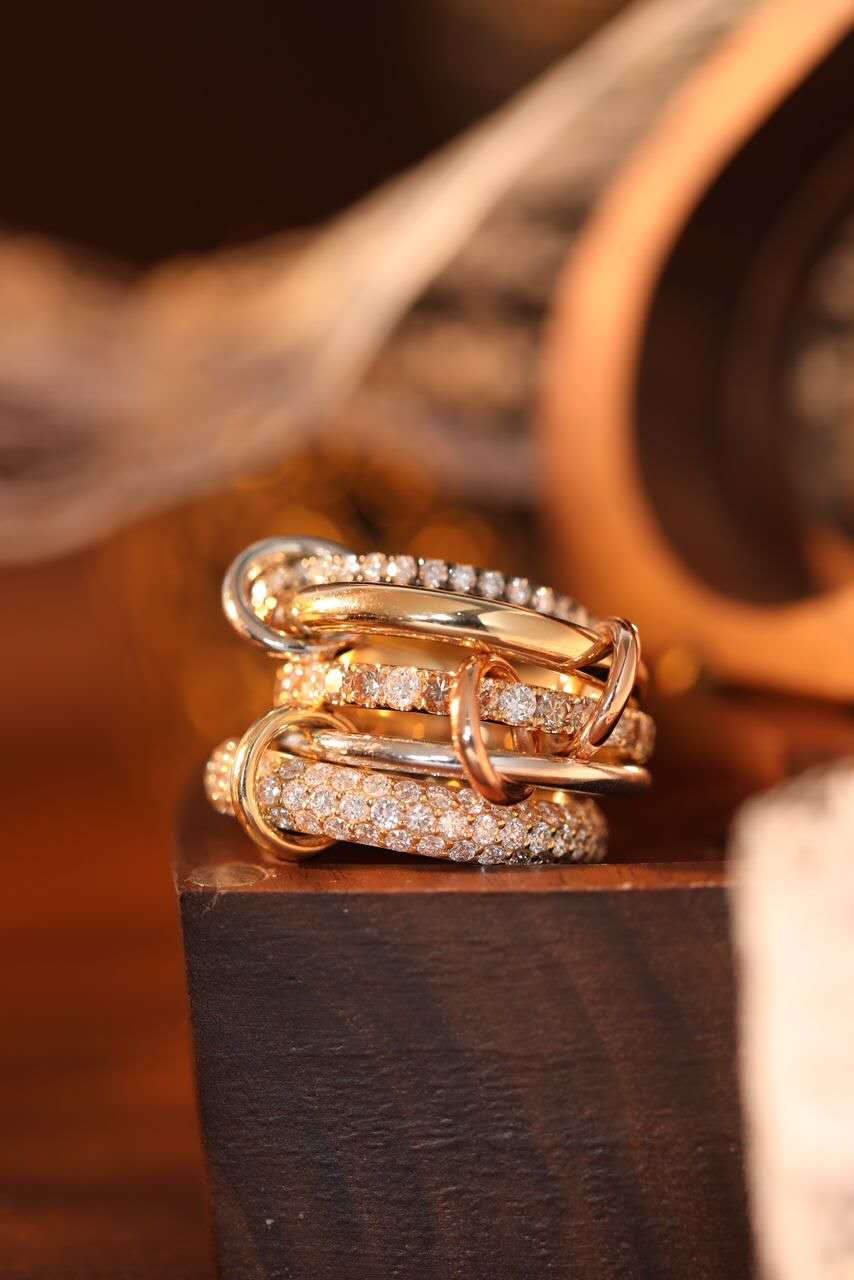The Mysterious Past and Present of the Old Mine Cut - Episode 2
Romantic and poetic encounters by candlelight.
Enchanting jewelry that was all the rage during the Georgian and Victorian eras.
What created its unparalleled charm and popularity during that time?
In this episode, we are going to unveil its mysterious allure.
Join us as we delve into the past and present of Old Mine Cut diamonds!
In the previous episode, we explored the heyday of Old Mine Cut in history, as well as the various names people used for it, tracing the origins of these terms. In this episode, we will delve deeper into the other theory for naming based on the tools, techniques, and knowledge used in diamond cutting.
This viewpoint suggests that Old Mine Cut is a general term referring to the way diamonds were cut and faceted during that time, using limited tools, techniques, and knowledge.
To speculate on the source of this viewpoint and assess its validity, we need to understand the development of diamond cutting technology. Since the discovery of the first diamond in India in the 4th century BCE, people lacked proper tools for processing, so they used uncut diamond roughs as decorative elements in jewelry. Only members of the royal family were eligible to wear them.
It wasn't until the 14th century that the technique of cutting diamond roughs into faceted shapes. In the 15th century, artisans discovered that diamond powder could be used to polish the surface of diamonds, leading to new breakthroughs in diamond processing techniques.
By the mid-15th century, specifically in 1456 in Belgium, a diamond cutter named Lodewyk Van Berken invented the first polishing wheel called a "Scaif," made from a mixture of olive oil and diamond powder. This invention significantly improved the precision of diamond cutting and enabled the cutting of more complex shapes.
The development of early diamond cutting techniques can also be evidenced in a pair of treatises on goldsmithery and sculpture by Benvenuto Cellini, published in 1568. Cellini (1500–1571) was an Italian goldsmith, sculptor, and writer. In these papers, he wrote about "Bruting, a very primitive form of processing involving the rubbing of diamonds against each other to shape them, [which] was well known and practiced by cutters." This indicates that by the 16th century, European diamond cutters had already mastered techniques such as bruting, faceting, and polishing.
After the onset of the Industrial Revolution in the 1860s, bruting machines, steam-powered bruting machines, and electric saw blades were invented, bringing innovation to diamond cutting technology. These inventions provided diamond cutters with more convenient tools to shape diamonds into more rounded and brilliant forms.
Furthermore, during the Industrial Revolution, the working hours of the laboring class were significantly extended, with some professions working for over 16 hours. Even diamond cutters were inevitably required to continue working into the night. At sunset, they had to work in cramped workshops, rubbing rough diamonds against each other under the dim light of candles (or possibly oil lamps in more luxurious settings), before slowly refining and shaping them with other tools. It was under these conditions that each diamond, through the skilled hands of craftsmen, blossomed into a beautiful gem.
From this, we can also conclude that the viewpoint based on the naming of production tools, techniques, and knowledge, while somewhat reasonable, is not entirely correct, because throughout history, too many different cuts have been created and cannot be universally categorized under one partial name. Therefore, the first viewpoint based on geographical naming appears to be more credible.
In the next video, we will continue to explore the principles of old mine cutting, so stay tuned.
